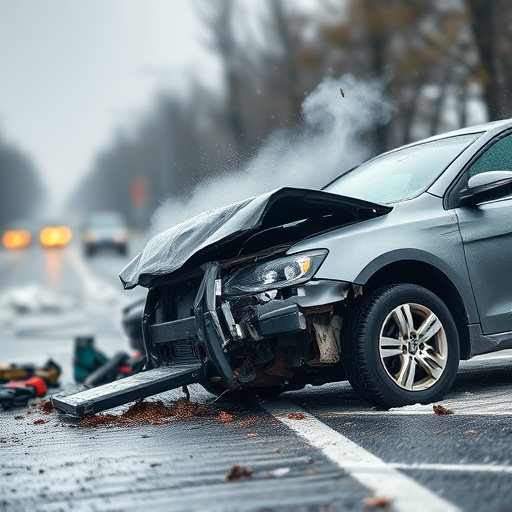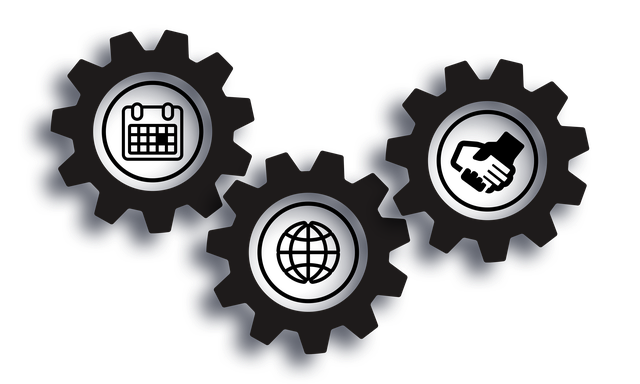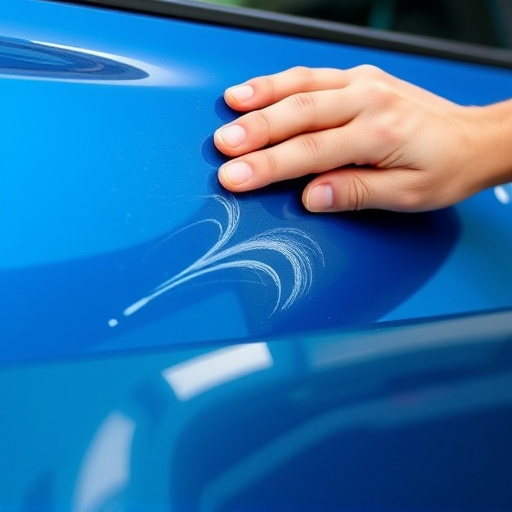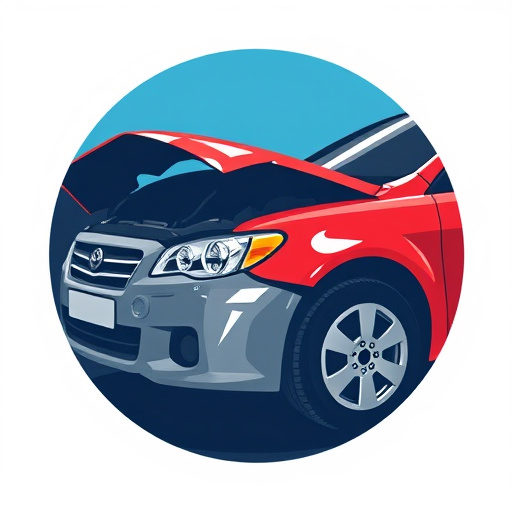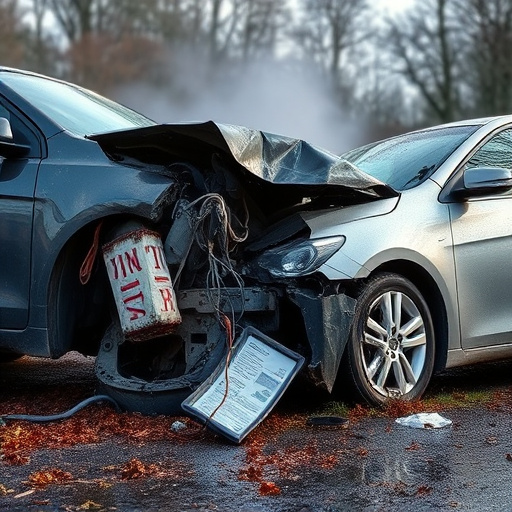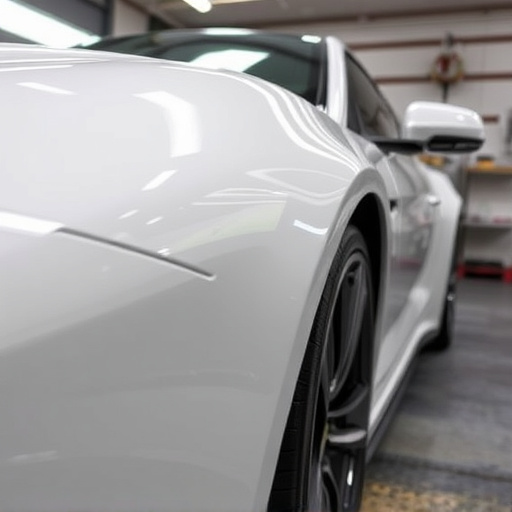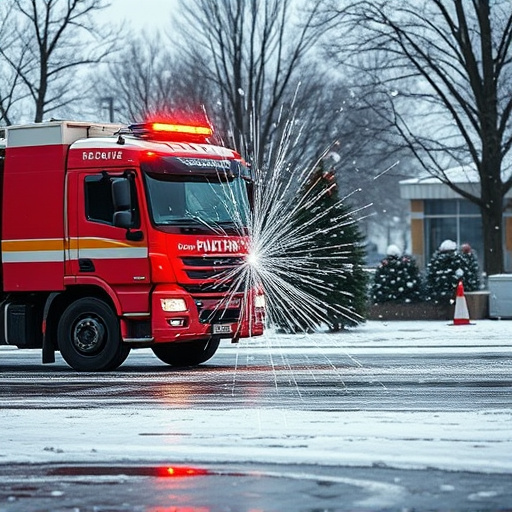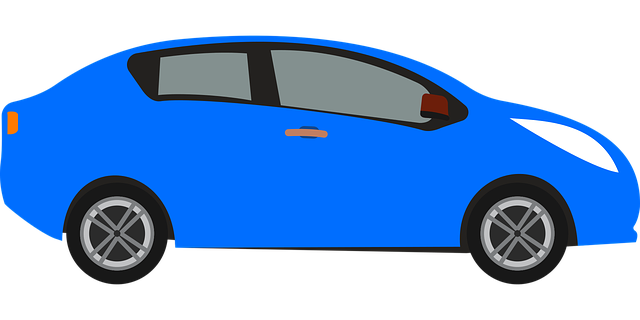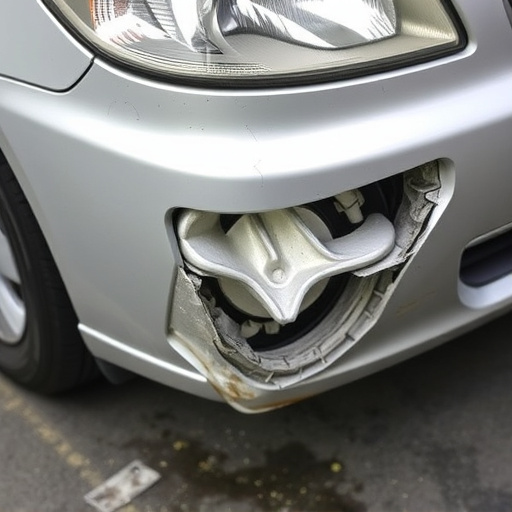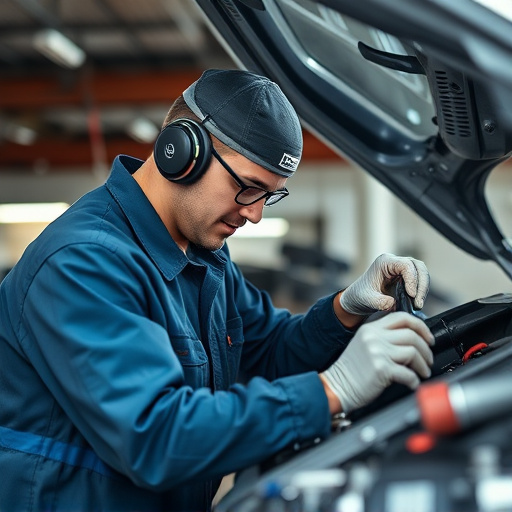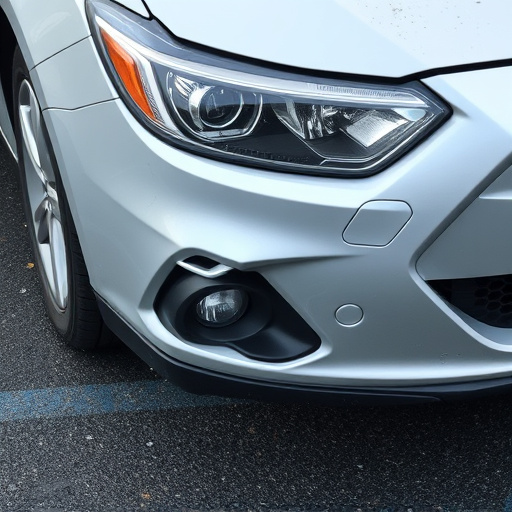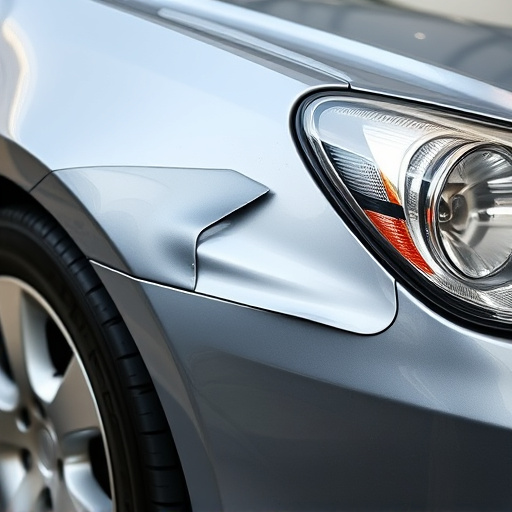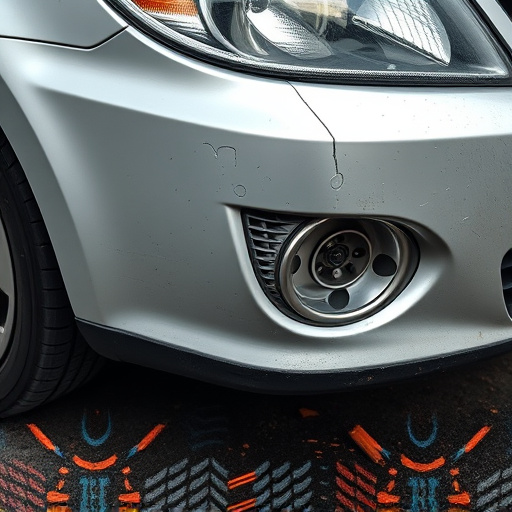Modern tools and technologies, driven by AI and automation, are transforming car crash repair services. Sophisticated robotics, CAD software, high-tech materials, and automated body shop services enhance precision, efficiency, and cost savings. Laser technology and 3D printing ensure minimal waste and customized parts. Digital communication channels streamline claims processing. AI diagnostics swiftly identify complex issues, while AI-powered systems analyze damage precisely. Automated technologies speed up part replacement and painting, reducing human error and lowering costs. Collision centers are evolving to deliver faster, high-quality repairs with stringent safety standards.
Technology is revolutionizing today’s car crash repair services, transforming the way accidents are addressed. Modern tools and techniques, driven by digital systems, offer enhanced safety and efficiency in workshops. From advanced diagnostic software to sophisticated robotic arms, these innovations expedite repairs and ensure precision. Looking ahead, Artificial Intelligence (AI) and automated solutions promise even greater paradigm shifts, aiming to streamline processes further and optimize outcomes for all involved.
- Modern Tools and Techniques Transforming Car Crash Repair
- Digital Systems: Enhancing Safety and Efficiency in Workshops
- The Future of Car Crash Repair: AI and Automated Solutions
Modern Tools and Techniques Transforming Car Crash Repair
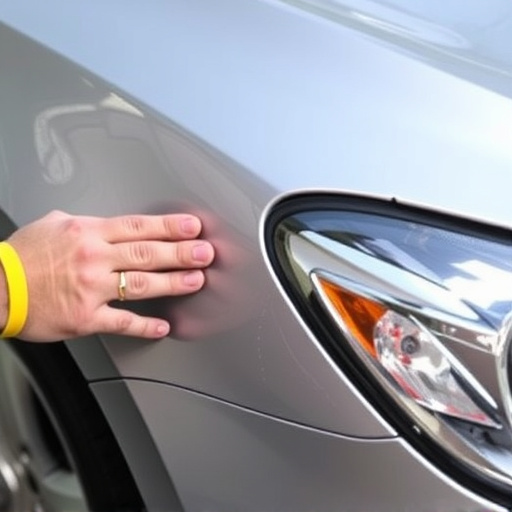
Modern Tools and Techniques Transforming Car Crash Repair
Advancements in technology have brought about significant changes in the way car crash repairs are carried out. Modern tools and techniques, driven by innovation, offer precision and efficiency that were previously unimaginable. These advancements range from sophisticated robotics and computer-aided design (CAD) software to high-tech materials and automated body shop services. Each of these contributes to faster turnaround times, improved accuracy, and reduced costs for auto maintenance and bumper repair.
Body shops are now equipped with state-of-the-art equipment that enables them to perform complex repairs with minimal waste. Laser technology, for instance, is used for precise cutting and welding, ensuring exacting standards in panel replacement. Furthermore, 3D printing has opened up new possibilities in both manufacturing and customization, allowing for the creation of unique parts tailored to individual crash repair needs. These developments not only enhance the quality of car crash repair service but also underscore the ongoing evolution of the industry.
Digital Systems: Enhancing Safety and Efficiency in Workshops
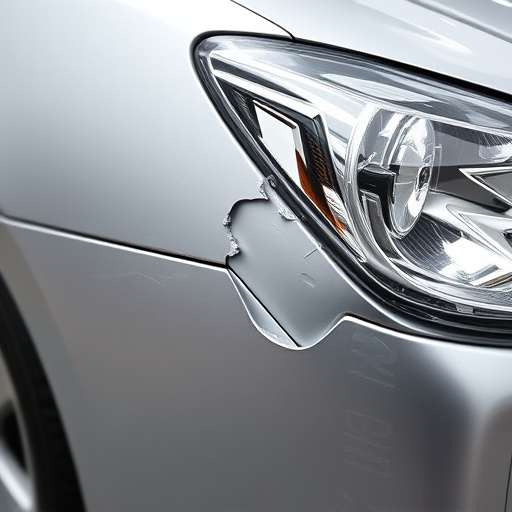
In today’s digital era, car crash repair service workshops are leveraging advanced digital systems to enhance safety and efficiency. These technologies, such as computer-aided design (CAD) software, play a pivotal role in streamlining the repair process. With CAD, technicians can accurately assess damage, plan repairs, and ensure precise measurements, leading to higher quality car bodywork services. Digital systems also facilitate communication between workshops, insurance companies, and customers, simplifying claims processing and reducing turnaround times for vehicle collision repair.
Furthermore, digital transformation in car crash repair service includes the adoption of robotics and artificial intelligence (AI). Robotic welding and painting systems offer unparalleled precision and speed, minimizing human error and saving time. AI-powered diagnostic tools can quickly identify issues, enabling technicians to focus on more complex repairs. These innovations collectively contribute to making vehicle body shops more effective, reliable, and customer-centric, thereby revolutionizing the traditional car collision repair process.
The Future of Car Crash Repair: AI and Automated Solutions
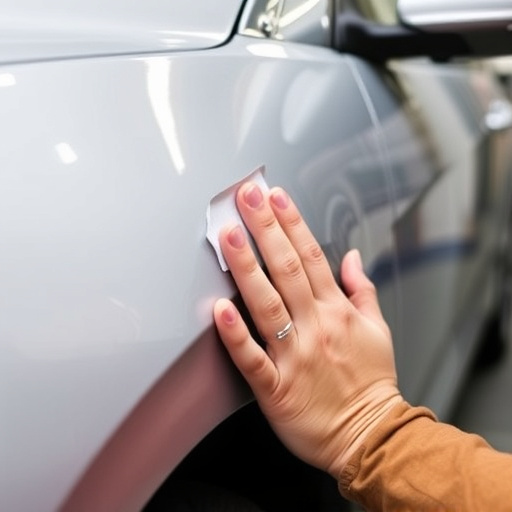
The future of car crash repair service is being reshaped by artificial intelligence (AI) and automated solutions, marking a significant departure from traditional collision center practices. AI-driven systems are now capable of analyzing vehicle damage with unprecedented precision, accelerating the process of dent repair and autobody repairs. These advanced technologies can detect even subtle imperfections, ensuring that every part of the car is restored to its pre-accident condition.
Automated solutions further revolutionize crash repair by streamlining tasks such as part replacement and painting. Robotic arms and computer-aided machinery reduce human error, speed up turnaround times, and minimize costs for both insurers and vehicle owners. As these innovations mature, collision centers are poised to become more efficient, delivering high-quality repairs in less time while maintaining the highest standards of safety and precision.
Technology has revolutionized car crash repair services, offering safer and more efficient workshops. Modern tools and digital systems have transformed the industry, ensuring swift and precise repairs. As we look ahead, AI and automated solutions promise even greater advancements, shaping the future of car crash repair with enhanced accuracy and reduced downtime. These innovations not only benefit repair shops but also contribute to road safety by getting vehicles back on the road faster and more reliably.

